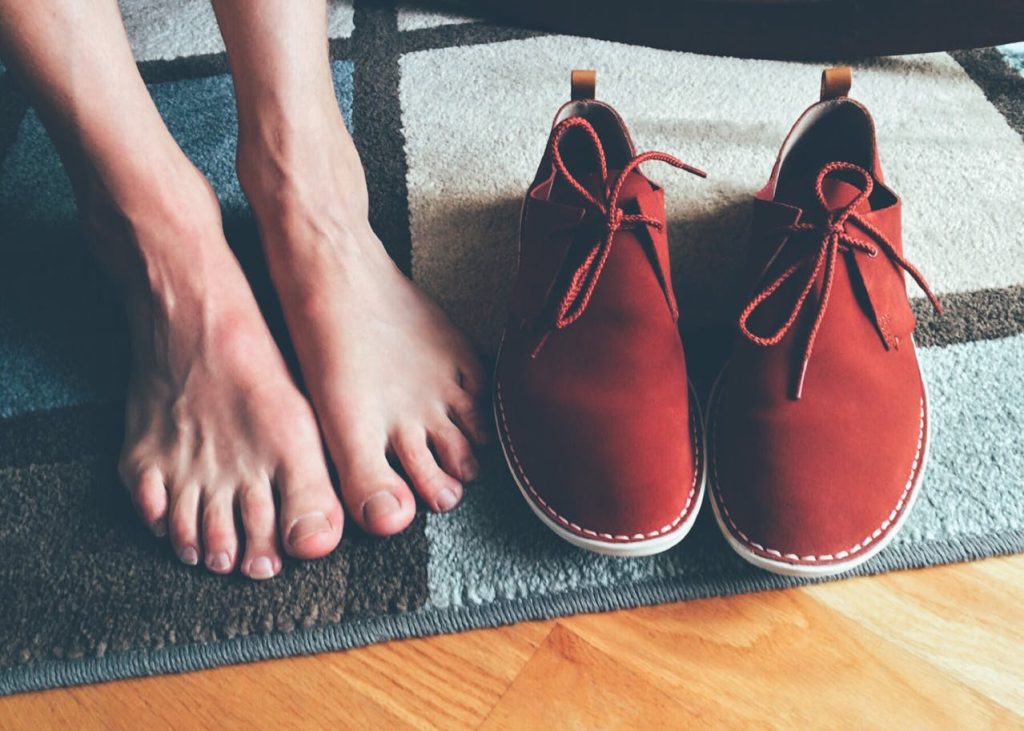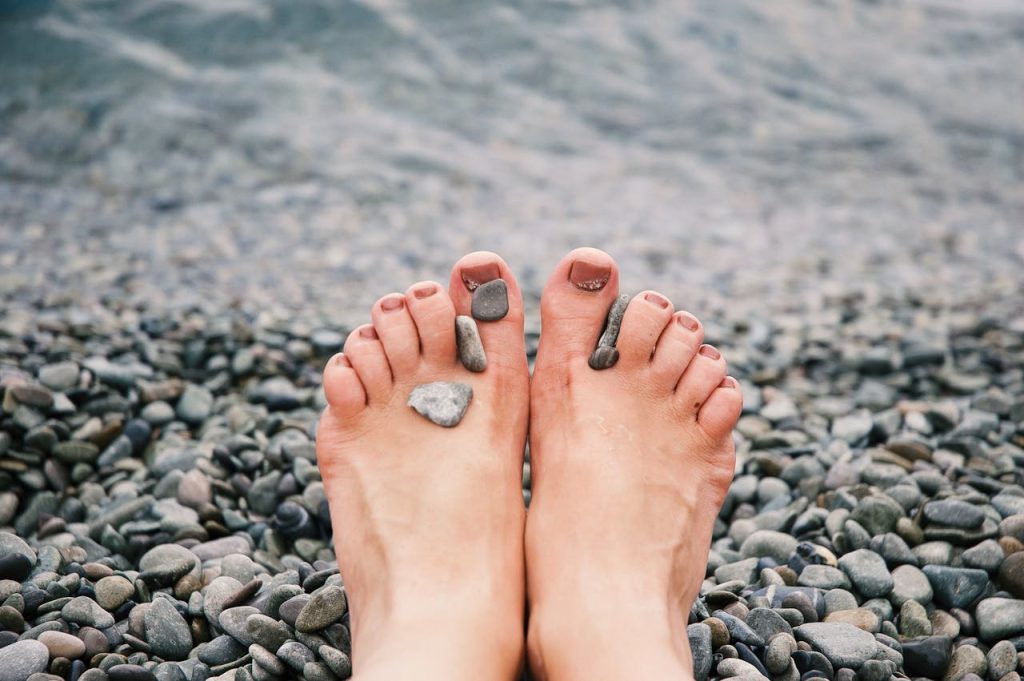Did you know that approximately 20% of the population, especially those with ankle disorders, experiences some degree of foot supination or overpronation issues? Understanding the disparity between these conditions is crucial in finding the right orthotic solution for optimal foot health. While supination involves an outward rolling of the foot, overpronation sees an excessive inward rolling motion of the sole during walking or running. Differentiating between the two can significantly impact your comfort, foot pain, and performance in daily activities or sports. Let’s delve into the nuances of orthotics tailored to address supination versus overpronation to help you make informed choices for your feet.
Understanding Supination And Overpronation
Define Supination And Overpronation
Supination and overpronation are opposite foot mechanics. Supination refers to the outward rolling of the foot while overpronation involves excessive inward rolling. These conditions, including pronation and excess supination, significantly impact foot health and biomechanics, affecting athletic performance and daily activities.
Supination leads to underpronation, where the foot lacks adequate shock absorption, potentially causing issues like ankle sprains. On the other hand, overpronation can lead to problems such as flat feet, plantar fasciitis, and shin splints due to the foot’s excessive inward roll.
Mechanics Of Each Condition
In supination or pronation, the foot fails to distribute body weight evenly, resulting in increased pressure on the outer edge. Conversely, overpronation causes excessive weight on the inner edge of the foot due to its exaggerated inward roll. The foot’s arch plays a crucial role in supporting these mechanics.
During supination, the arch is higher, leading to limited shock absorption capacity. In contrast, overpronation flattens the arch excessively, impacting stability and shock absorption abilities. These biomechanical differences, including pronation, affect how individuals move and distribute weight while walking or running.
Differences In Foot Movement
Supination involves an outward movement of the foot, primarily engaging the ankle joint and muscles on the outer part of the lower leg. In contrast, overpronation features an inward rolling motion that stresses the inner side of the foot, involving different joints and muscles than supination.
The specific joints affected by supination include the ankle joint and subtalar joint. Overpronation primarily impacts the ankle joint, knee joint, and hip joint due to the altered alignment caused by excessive internal rotation of the foot. These distinct movement patterns result in varying physical symptoms for individuals with each condition.
Causes Of Supination And Overpronation
Genetic Factors
Genetic factors play a crucial role in excessive supination and overpronation, impacting an individual’s foot structure. Family history can significantly influence how our feet function, leading to issues like supination and overpronation. This hereditary aspect can increase the likelihood of developing related injuries.
Lifestyle And Activity Impact
An individual’s lifestyle, whether sedentary or active, can worsen or alleviate supination and overpronation. Active lifestyles involving sports and physical activities can put more strain on the feet, affecting their mechanics and pronation. Changes in daily routines can also impact foot alignment and comfort levels significantly.
Sedentary Lifestyle:
- May exacerbate supination or overpronation due to lack of movement.
Active Lifestyle:
- Could worsen foot conditions, especially pronation, by putting additional stress on the feet.
Footwear Influence
The type of footwear worn plays a critical role in either supporting or worsening supination and overpronation. Choosing the right shoes with proper fit and design is essential for managing these foot conditions effectively. The presence of adequate cushioning and arch support in footwear is crucial for preventing discomfort.
Proper Footwear:
- Supports the natural alignment of the feet, reducing the risk of injuries and pronation.
Ill-Fitting Shoes:
- Can exacerbate supination or overpronation, leading to pain and discomfort.
Identifying Symptoms And Risks
Common Symptoms Of Supination
Individuals experiencing supination or pronation may notice specific signs like ankle pain, calluses, and instability while walking. This condition can lead to discomfort in various parts of the foot, including the outer edge. If left unaddressed, supination can result in chronic issues affecting mobility.
Common Symptoms Of Overpronation
Overpronation commonly manifests through symptoms such as knee pain, flat feet, and bunions. This condition can cause discomfort throughout the lower body, impacting areas like the hips and lower back. Early recognition of these symptoms is crucial for effective management and prevention of further complications.
Potential Injuries And Complications
Supination is often associated with injuries like ankle sprains, stress fractures, and shin splints. On the other hand, untreated overpronation can lead to complications such as plantar fasciitis, Achilles tendonitis, and IT band syndrome. These conditions not only affect physical health but also have long-term implications on mobility and overall quality of life.
Orthotic Solutions For Foot Issues
Role Of Orthotics In Treatment
Orthotic insoles offer targeted support for supination and overpronation, correcting foot alignment issues effectively. These insoles aim to improve comfort and reduce pain associated with various foot problems. By providing customized support, orthotics address individual foot mechanics for optimal results.
- Orthotics provide targeted support for supination and overpronation
- Benefits include correcting alignment and improving comfort
- Custom orthotics cater to individual foot mechanics
Types Of Orthotics Available
Rigid, soft, and semi-rigid orthotics serve different purposes in managing foot conditions. Rigid orthotics offer maximum support, while soft ones prioritize cushioning. Semi-rigid options strike a balance between support and flexibility, catering to a wide range of foot issues.
- Rigid, soft, and semi-rigid orthotics available
- Each type offers specific uses and benefits
- Choosing the right orthotic is crucial based on personal needs
Custom VS. Over-The-Counter Options
Custom orthotics are more effective than over-the-counter alternatives due to their personalized nature. Generic orthotics may not address specific foot issues adequately, leading to discomfort and inadequate support. Personalized orthotics ensure long-term relief by catering to individual foot mechanics.
- Custom orthotics are more effective than over-the-counter solutions
- Generic orthotics have limitations in addressing specific foot issues
- Personalized orthotics offer advantages for long-term relief

Additional Treatment Options
Physical Therapy Benefits
Physical therapy complements orthotic use by focusing on strengthening and correcting foot mechanics. Therapists employ techniques like manual therapy to improve joint mobility and muscle flexibility. They create customized plans for each individual’s specific needs.
Aiming to enhance foot function, physical therapists may recommend exercises such as toe curls or heel raises. These help strengthen muscles affected by supination or overpronation. Stretching routines can maintain flexibility, crucial for preventing injuries and improving overall foot health.
Therapists play a crucial role in designing personalized recovery plans. By assessing gait patterns and foot alignment, they tailor treatments to address underlying issues. Their expertise ensures that patients receive targeted care for their unique conditions.
Exercise And Stretching Techniques
Engaging in exercises like ankle circles or calf raises can target muscles weakened by supination or overpronation. These activities help improve stability and prevent further strain on the feet. Incorporating stretching routines into daily life maintains flexibility and reduces the risk of injuries.
Regularly performing these exercises can lead to better foot function and decreased discomfort associated with abnormal foot movements. By integrating these practices into a daily routine, individuals can actively contribute to their foot health and overall well-being.
Importance Of Proper Footwear
Selecting appropriate footwear is vital in managing foot conditions effectively. Shoes with proper arch support and cushioning can enhance comfort while reducing the impact on the feet during movement. Regular assessments of footwear ensure ongoing support and prevent potential issues from arising.
Wearing ill-fitting shoes can exacerbate foot problems, leading to discomfort and potential injuries. By choosing footwear that suits individual needs, individuals can promote better foot health and avoid unnecessary strain on their feet.
Final Remarks
Understanding the differences between supination and overpronation is crucial for addressing any foot issues you may be experiencing. By recognizing the causes, symptoms, and risks associated with these conditions, you can take proactive steps to find suitable orthotic solutions or alternative treatments. Your foot health is essential, so don’t hesitate to seek professional advice if you suspect you have either of these conditions. Remember, early intervention can prevent further discomfort and complications down the road.
Take charge of your foot health today by implementing the necessary measures to support your feet properly. Whether it’s through orthotics, exercises, or lifestyle adjustments, prioritize caring for your feet to maintain overall well-being. Stay informed, stay proactive, and prioritize your foot health for a more comfortable and active lifestyle.
Frequently Asked Questions
1. What Are Supination And Overpronation?
Supination is when the foot rolls outward, while overpronation is an inward rolling of the foot. These conditions affect the distribution of weight and impact how the body absorbs shock during movement.
2. What Causes Supination And Overpronation?
Causes of supination and overpronation include genetics, improper footwear, muscle imbalances, and anatomical factors. These issues can lead to discomfort, pain, and potentially more severe injuries if not addressed.
3. How Can I Identify Symptoms And Risks Of Supination Or Overpronation?
Symptoms like ankle pain, arch discomfort, and uneven shoe wear can indicate supination or overpronation. Risks include increased strain on muscles and ligaments, which may result in chronic issues without proper intervention.
4. What Orthotic Solutions Are Available For Foot Issues Like Supination And Overpronation?
Orthotic solutions such as custom insoles, arch supports, or specialized shoes can help correct alignment issues associated with supination or overpronation. These devices provide support, stability, and cushioning to alleviate symptoms and improve foot function.
5. Are There Additional Treatment Options Besides Orthotics For Supination And Overpronation?
In addition to orthotics, treatment options for supination and overpronation include physical therapy, strengthening exercises, footwear modifications, and gait analysis. Combining these approaches can enhance the effectiveness of addressing these foot issues comprehensively.
Find Relief From Supination With Custom Orthotics From The Shoe Doctor!
If supination (underpronation) is causing discomfort and impacting your daily activities, custom orthotics could be the solution to restore balance, improve mobility, and reduce pain. Supination occurs when your weight shifts to the outer edges of your feet, often leading to foot, knee, and hip pain and instability. Custom orthotics are designed to correct this misalignment, providing targeted support that promotes proper foot posture and long-term health. By addressing the root cause of supination, these orthotics can help you walk, run, and live actively—pain-free.
At The Shoe Doctor, we bring over 20 years of expertise in crafting high-quality orthotics designed to combat issues like supination. Our expert, Russell, utilizes cutting-edge 3D foot mapping technology to create orthotics that perfectly match the unique structure of your feet. In collaboration with the Spine & Injury Medical Center in San Jose, we take a holistic approach to mobility challenges, ensuring that your treatment goes beyond foot health alone.
If you’re located in the South San Francisco Bay Area, trust The Shoe Doctor for effective, personalized orthotics that improve your movement and comfort. Schedule your complimentary consultation today and take the first step toward correcting supination for good!
Disclaimer
The materials available on this website are for informational and entertainment purposes only and not to provide medical advice. You should contact your doctor to obtain advice concerning any particular issue or problem. You should not act or refrain from acting based on any content included in this site without seeking medical or other professional advice. The information presented on this website may not reflect the most current medical developments. No action should be taken in reliance on the information contained on this website and we disclaim all liability for actions taken or not taken based on any or all of the contents of this site to the fullest extent permitted by law.


